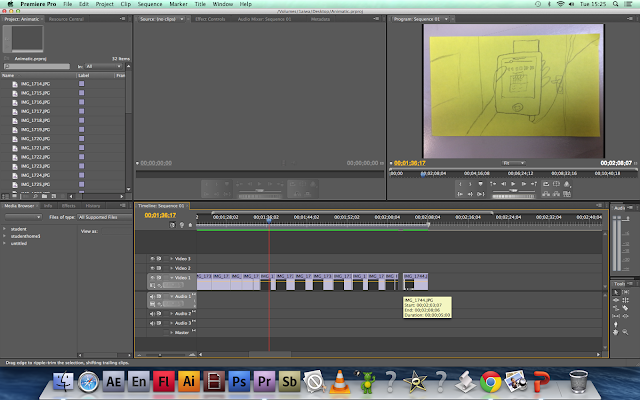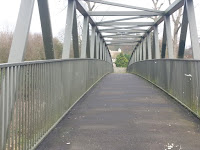 |
The real 'Oskar Schindler' who film is
based on |
Schindler's list is a 1993 American true historical period drama film directed and co-produced by Steven Spielberg and scripted by Steven Zaillian. The film relates a period in the life of Oskar Schindler, an ethnic German businessman, during which he saved the lives of more than a thousand mostly Polish-Jewish refugees from the Holocaust.
Schindler's List premiered on November 30, 1993, in Washington, D.C. and it was released on December 15, 1993. Often listed among the greatest films ever made, it was also a box office success. It was the recipient of seven Academy Awards (out of twelve nominations), including Best Picture, Best Director, Best Adapted Screenplay, and Best Original Score, as well as numerous other awards (including seven BAFTAs and three Golden Globes).

 |
| Market & Exchange |
Obviously our final piece isn't historic nor true, but researching Schindler's list (having seen it) is important, it may be an Oscar winner which lets be real as a British film ours won't (but we can dream). It's important however because we can take ideas and camera angles to what makes a piece so strong,
There are similarities in that both films intend to have a sad effect - Obviously Schindler's in that it's based on one of the most inhumane events ever, ours in that our character we aim to make the audience cling to and feel for. Have something bad happen to him.
 |
Actors Liam Neeson and Ben
Kingsley star |
When filming we can look back to this piece to see where we can improve after filming, obviously we don't it to be exactly like the film, but that way we have something that won many awards to give us a backbone and send us the right way.






















